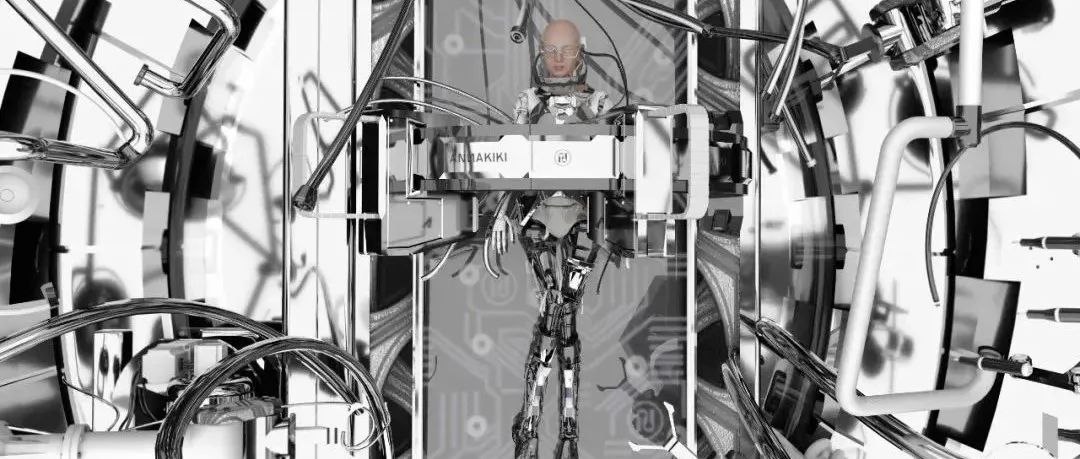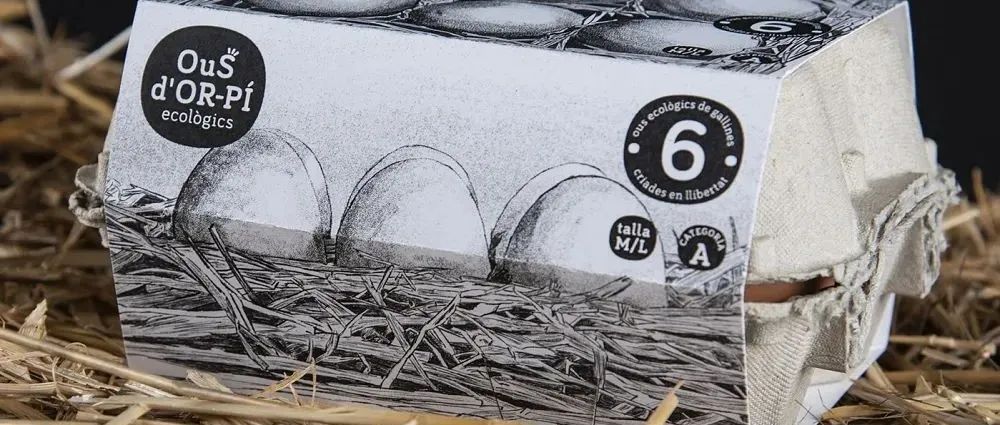seven doors
2015.04
for ABE KOGYO
Seven door designs to commemorate the 70th anniversary ofAbe Kogyo, a manufacturer of wooden front and interior doors, partitions,fixtures and custom-made furniture. All have a basic default design, and eachone has been treated with a different idea born from the various techniques andexperience held by the company. These doors do not end up being just one-offproducts. They have opened up new possibilities for various byproducts,displaying a wide range of product development for the future.、
七扇门的设计是为了纪念abe Kogyo公司成立70周年,abeKogyo是一家木制前门和内门、隔断、固定装置和定制家具的制造商。所有这些都有一个基本的默认设计,并且每个人都有不同的想法,这些想法都来自于公司所拥有的各种技术和经验。这些门并不是一次性的产品。他们为各种副产品开辟了新的可能性,展示了未来广泛的产品开发。
lamp
A door and lighting fixture in one, employing the wiring techniques used inelectronic locks.
灯
一种门和照明设备,采用电子锁中的布线技术。
baby
Abe Kogyo also manufactures various interior fittings for nurseries andpre-schools, and this gave rise to the idea of having adults and childrenwalk through doors that match their respective sizes.
婴儿
AbeKogyo还为托儿所和学前班生产各种室内设备,这就产生了让成人和儿童通过与他们各自大小相匹配的门的想法。
slide
Much like a window blind, this door can create small spaces to let light in, tolet a breeze through, and to create a greater sense of connectivitybetween rooms. From techniques used to make sliding doors, this designidea has once again added a new and functional value to the conventional door.
幻灯片
就像百叶窗一样,这扇门可以创造出小的空间,让光线进入,让微风穿过,并在房间之间创造出更大的连接感。从制作滑动门的技术来看,这个设计再次为传统门增加了新的功能价值。
hang
A door fitted with internal 2.5mm magnet sheet, allowing the user to attachvarious accessories to it such as trays, dust bins, flower pots, vases,and other containers. This design feature has given a new function to the dooras a storage device, rather than just a thing to go in and out of.
挂
一扇带有内部2.5mm磁铁片的门,允许用户将托盘、垃圾桶、花盆、花瓶和其他容器等各种附件贴在门上。这一设计特点赋予了门一种新的功能——作为一种存储设备,而不仅仅是一个进出的东西。
kumiko
A door that applies kumiko, a technique of assembling wooden interior latticeswithout nails, most often used in creating door fixtures for traditionalJapanese tatami rooms. The kumiko gradually blends into the plain portion ofthe door. This is a design feature made possible only by the high industrialcaliber and intricate handiwork of Abe Kogyo.
久美子
一种采用kumiko技术的门。kumiko是一种没有钉子的木制室内格子,最常用于制作日本传统榻榻米房间的门固定装置。久美子逐渐融入了门的素色部分。这是一个设计特点,使之成为可能,只有高工业口径和错综复杂的手工艺品的Abe Kogyo。
wall
By covering this door with shelves and picture frames that one would usuallyfit to a wall, this unit dims the very concept of a door, allowing it to blendinto the wall to an unprecedented extent.
The shelves and frames have been made by applying the ‘V-cut’ technology usedfor finishing the edges of flush doors. Also, the frames are easy to remove andreattach, and they have been fitted with a newly designed connector to preventthem from shaking when opening and closing the door.
墙
通过在这扇门上覆盖书架和相框,通常可以贴在墙上,这个单元模糊了门的概念,使它能以前所未有的程度融入墙中。
架子和框架采用了v型切割技术,用于完成平开门的边缘。此外,门框很容易拆卸和连接,而且它们已经安装了一个新设计的连接器,以防止它们在开门和关门时晃动。
corner
A door that allows the user to enter and exit through corners of a room,transforming the way we think about interior layout. As this door opensparticularly wide, an additional practical result of this design has beeneasier and more comfortable wheelchair access.
角落里
一扇允许用户进出房间角落的门,改变了我们对室内布局的看法。由于这个门特别宽,这个设计的一个额外的实用结果是更容易和更舒适的轮椅进入。
01.第一组
02.第二组
03.第三组
04.第四组
05.第五组(新组)
06.第六组
07.第七组
申明:
内容版权自Nendo官网
未经许可,严禁转载,谢谢合作
我的翻译仅作参考,如觉翻译不妥,请跟我联系,探讨后可做修改,谢谢!
本文来自微信公众号“佐藤大Nendo设计”(ID:gh_ce2c42193789)。大作社经授权转载,该文观点仅代表作者本人,大作社平台仅提供信息存储空间服务。












